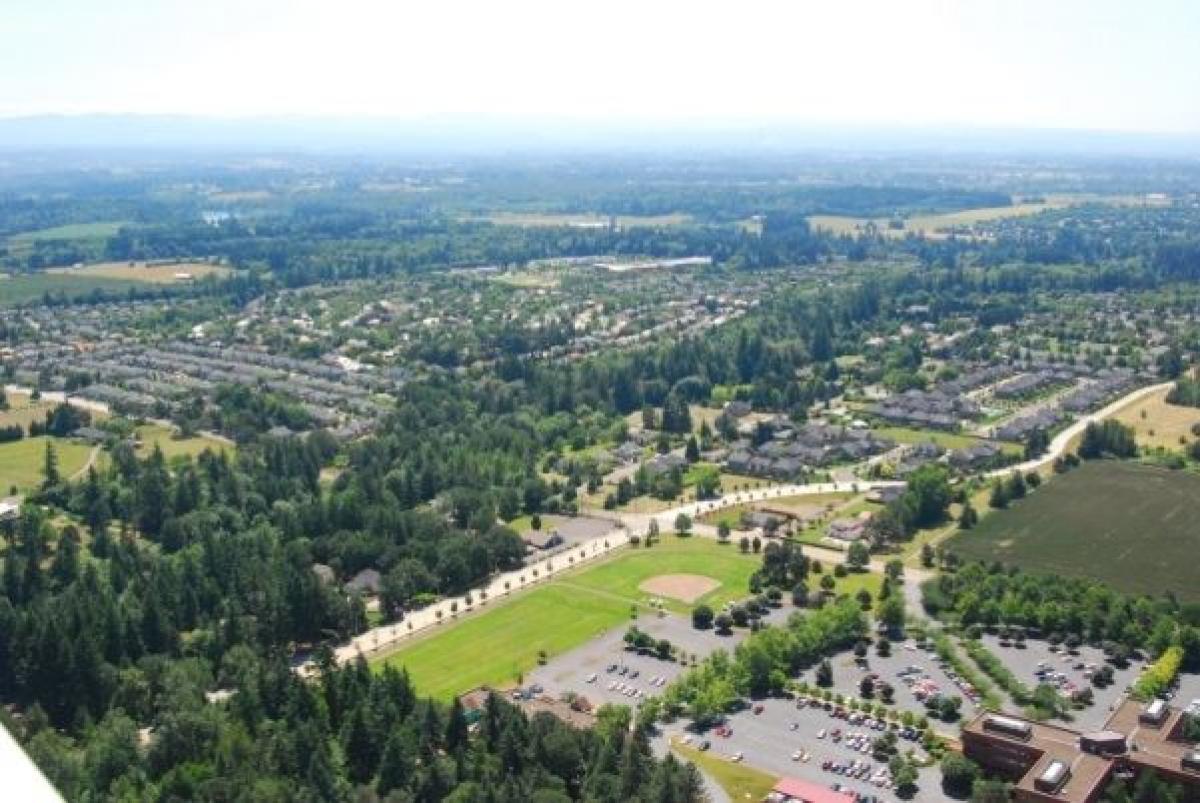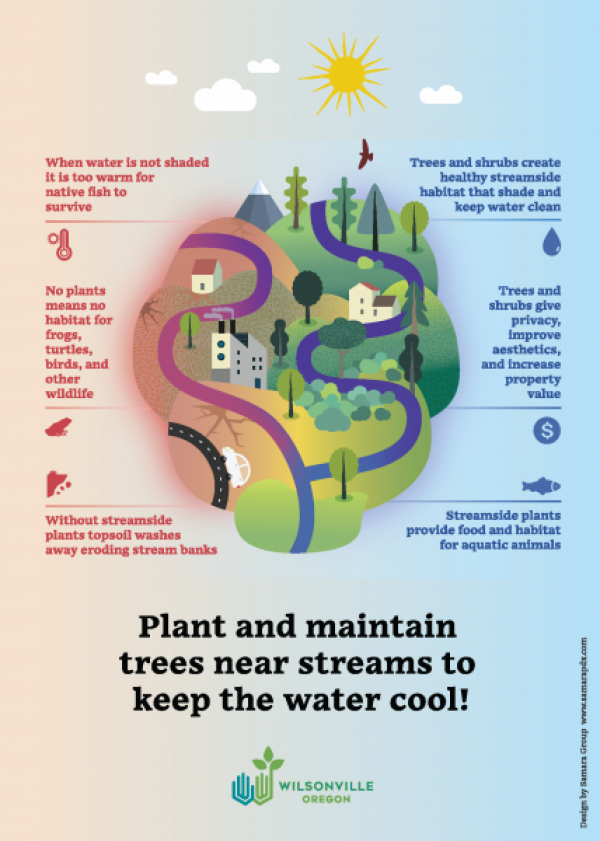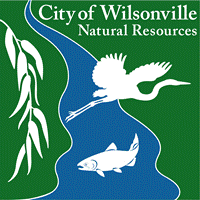Reducing Stream Temperature

Picture is of Boeckman Creek Riparian Corridor, lower left to upper right, at Boeckman Road east of Canyon Creek Road.
Salmon and trout (salmonids) are very sensitive to changing temperature, with possible effects on the timing of spawning, fish growth rates and even survival. Salmonids require temperatures of between 41 and 59 ºF for normal growth and temperatures above 77-78 ºF can be lethal.
The shade provided by riparian trees (i.e., the vegetation adjacent to a stream or other waterbody) can significantly reduce peak summer stream temperatures. Riparian areas have an increasingly important role to play in limiting the effects of climate change on freshwater ecosystems. Proper management of riparian areas offers a means of maintaining water temperatures within a favorable range for salmon, trout, amphibians and invertebrate life.
In addition to reducing stream temperature, riparian areas provide a multitude of other benefits. The meandering curves of a stream, combined with riparian vegetation and root systems, slow the flow of water, which reduces soil erosion and flood damage. Sediment is trapped, reducing suspended solids and other pollutants to create less turbid water, which replenish soils and build stream banks. Riparian areas also provide wildlife habitat, increased biodiversity, and wildlife corridors that enable aquatic and riparian organisms to move safely between habitats.
The removal of riparian trees increases stream temperature due to the loss of shading. As water temperature increases, its capacity to hold oxygen decreases. Since oxygen is used in the decomposition process, elevated water temperatures reduce a stream's ability to absorb organic matter and assimilate excess nutrients and other pollutants without causing oxygen depletion. Lowered oxygen levels can cause fish mortality and create a shift in aquatic community populations. The more desirable "cold water" species such as salmon and trout will be replaced by less desirable "warm water" fish that can tolerate elevated water temperatures and lowered oxygen levels.
The preservation of healthy and vibrant riparian areas translates to healthier and cooler stream environments. To one degree or another, we all play a role in maintaining this important connection. So, remember to do your part to keep riparian areas thriving and contributing to a sustainable future.






